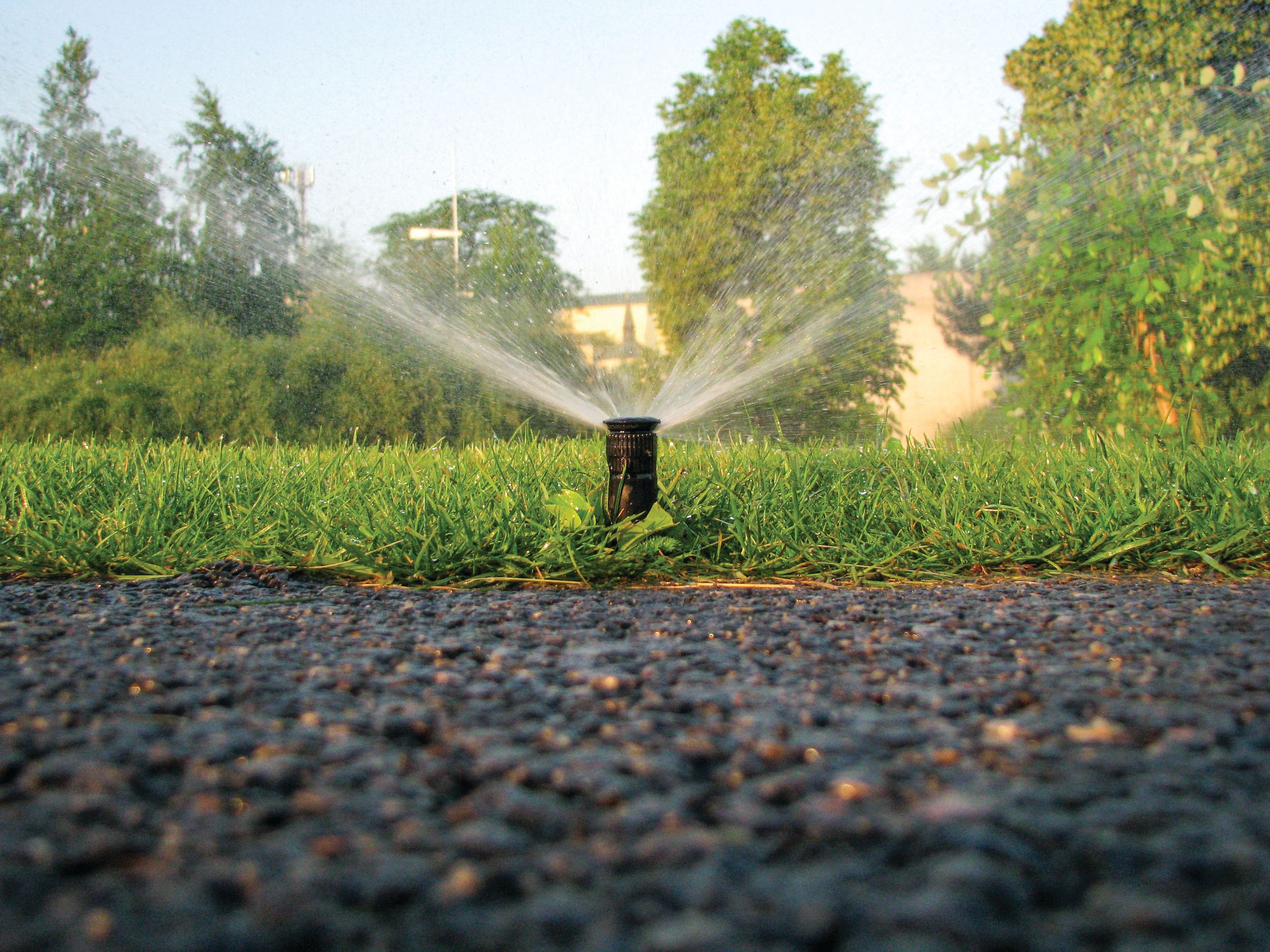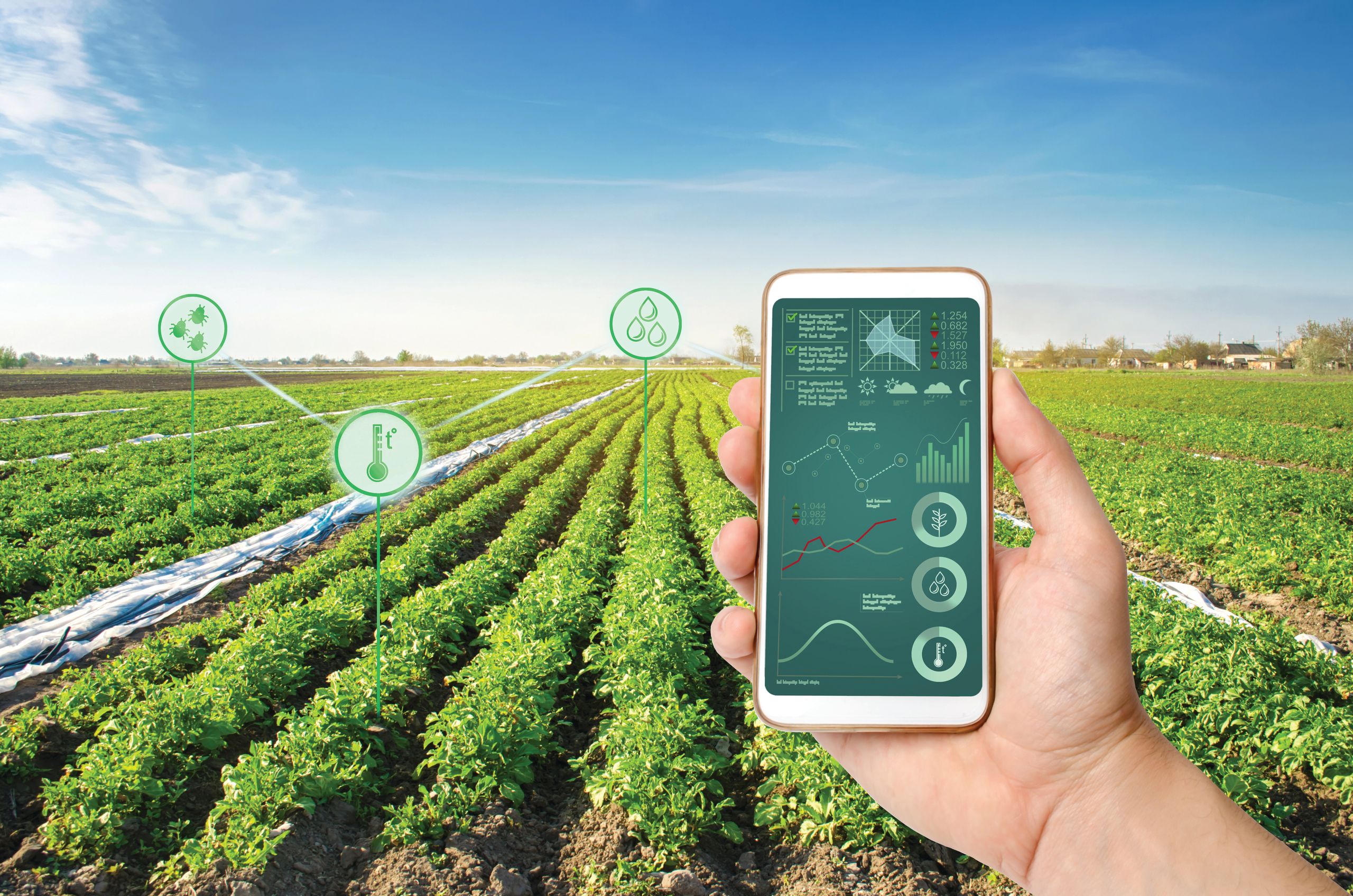Lawns, flower beds, golf course turf and crops are all thirsty. They need water to take in nutrients and facilitate processes to grow, flower and yield. And each demands water at different stages. Too little water dries up yields. But too much water causes drowning or runoff.
While rainfall can’t be predicted, irrigation systems quench these needs. With water becoming scarcer and more expensive, we all have a stake in conserving the available water and incorporating water conservation equipment wherever and whenever possible.
Emerging technology has come online that mimics perfect raindrops with varying nozzle sizes, water pressures and spray patterns. Water drops must be large enough not to evaporate, but small and slow enough to not compact the soil. Products are now readily available that calculate data from solar-powered soil moisture probes to decide when and how much to irrigate for maximum return on investment.
Golf course managers are tasked daily with managing irrigation. Golf courses use a great deal of water for irrigation and other purposes. A typical 150-acre golf course uses approximately 200 million gallons of water a year, enough to supply 1,800 residences with 300 GPD of water. If the golf course is associated with a golf community or resort, domestic water use must also be considered. Golf course managers also must maintain water features like ponds and water hazards, which are highly vulnerable to excessive nutrients and associated odors, algae and toxicity.
Innovative thinking by many IMARK suppliers is providing tools and resources that will help us all continuously improve water efficiency to protect natural resources and profitability.
CHANGING AGRICULTURAL WATER MANAGEMENT MINDSETS

Irrigation is needed not just on lawns and golf courses but also for crop production. Final yield is directly related to the amount of water available during the growing season. Today, most producers irrigate with a “crop per drop” mindset, focusing on maximizing yields.
Per the National Resources Inventory there are approximately 357,023,500 acres of cropland in the United States. The cropland acres produce most of the food and fiber production for the United States and exports to other countries. About 52 million U.S. crop acres are irrigated, using about 79 billion gallons of water per day.
Irrigation efficiency will become critical as water becomes increasingly limited. As the value of water increases, producers will move toward that “profit per drop” mindset. And that will demand more precise irrigation management with a more accurate picture of what water is doing in the field. That is not as easy as it sounds, but the software helps. Many predict now that some states like California will eventually incentivize irrigation efficiency like water markets in Australia are doing.
TECHNOLOGY INTEGRATES TOOLS AND DATA

Irrigation is not as easy as it appears. Accurate information is critical to deciding when and how much water to provide. Weather stations can measure evaporation, or how much water the soil and plants are using. Soil moisture sensors detect water availability. Data-driven management will play an integral role in improving irrigation management and our ability to optimize water use.
Other innovations work toward the goal of holding water in the soil. Specialty chemistry companies develop surfactants and adjuvants for agriculture and turfgrass that improve soil water-holding capacity for 30-45 days.
Irrigation chemistries allow growers to use less water and energy while improving the interaction between water and soil to reduce barriers to efficient use.
Keeping water uniformly in the root zone helps plants and we see that crops have better plant health, less stress, higher yields and better quality—all with less water.
Innovations like these will position producers to effectively manage water use and quality under changing conditions. In the future, as water becomes more regulated, it is believed that water optimization chemistries will help protect lawns, crops and golf turf, while reducing the amount of water we use.